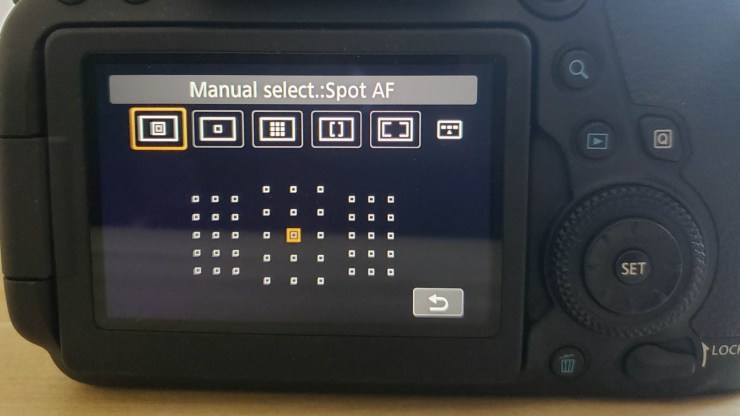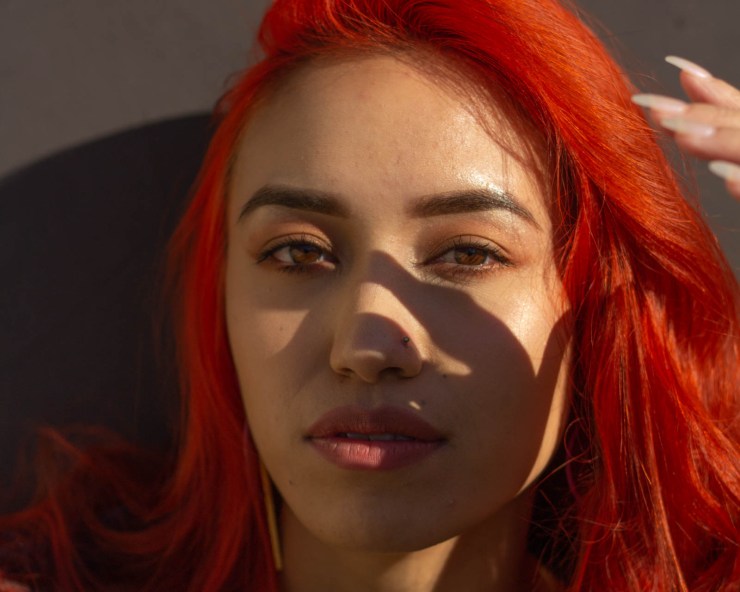Portrait photography is getting more and more popular professionally, with photographers using high-tech gear such as DSLR and mirrorless cameras to achieve stunning results.
But even the ordinary person can use their smartphone or an entry-level camera to create portraits that are worth keeping.
While portrait photography grows increasingly popular, it actually isn’t as simple as we think. With these 11 professional portrait photography tips, you, too, can be a better photographer.
In this post, I’ll be sharing 11 tips to take better portraits. These are the exact same tips I use. Let’s dive in.
How to take better portraits: 11 professional tips
1. Pick just one focus point
All good portrait photography techniques involve focus. When you choose to use autofocus on your camera to allow the camera to choose its own focus point, then you aren’t going to get the best results.
This is because the autofocus is usually designed to select whatever object is closest to your camera’s lens and set its focus near that position.
In some cases, using a multi-point autofocus is not a wrong choice because by doing so, your camera will choose several focus points to make the “best photo” result based on the average distance between all the points selected.
However, using one focus point in the shooting will give you full control. That is, you are free to choose or determine the focus point you want.

Therefore, manually select your focus point, and consider everything well before taking a photograph.
2. Always focus on the eyes
Start with the face and eyes of your subject. As is often said, “Eyes are the window to one’s soul; that is why eyes must be the focal point of every good photograph.”
Indeed, the eye is not the only important part of producing good photos, but the eye is the sharpest and most beautiful part of your face, and it cannot be denied.
When you shoot using a wide aperture by taking focus on the eyes, the bokeh will help in softening the look of your photograph.
Other than that, focusing on the eyes also highlights the symmetrical features of our faces, which makes us relatively more attractive. This is particularly effective for those with oval face shapes.
3. Use long focal lengths — 70mm or more
Most of the people who ask how to take better portraits need to look for technical solutions. Unless you’re photographing environmental or group portraits, never take photos using a focal length of less than 50mm. Instead, try to use focal lengths of 70 mm or more.
4. Photograph in the right lighting
Sunlight works well for photos. But if it’s harsh, direct sunlight, it can harm your photos, because the eyes of your subject will “flicker” or close.
Besides that, direct sunlight can create hard shadows that are distracting and do not serve the photo as a whole.

You would be better off shooting in a shady place to creates subtle shadows that are naturally produced by your subject (as opposed to unavoidable shadows as a result of direct sun).
By choosing the right lighting, you can make your photos look clearer and convey a specific mood.
5. Setting the light
One of the variables in how to take better portraits is lighting composition. Getting lighting that makes the subject look natural in the photo is very challenging for every photographer.
Using excessive light in a picture is not a bad thing, but light that appears suddenly without being planned for, like direct sunlight, will create shadows and uneven lighting effects on your subject.
Ideally, if you want to use multiple light sources in shooting, bring a few light units to increase the power of your lighting. But it must be remembered that lighting is one of the factors that give impact and sharpness to a photo. That is why it is essential to use the best possible light.
Stay tuned for the remaining six tips coming in part two!
Tell your story with the second annual Visual Storytelling Conference!
Experience four days of interactive, online training sessions featuring a range of educational content with experienced photographers and content creators. This free event kicks off with a series of technical boot camps to build essential skills, followed by live, online sessions on photography, video, business and social media. Join live from March 10-13, 2022!
